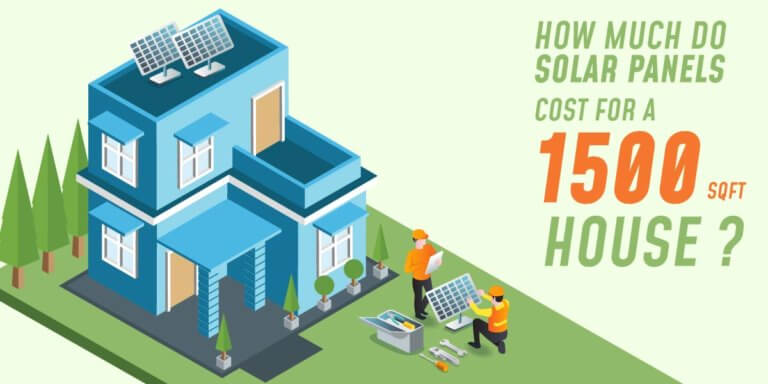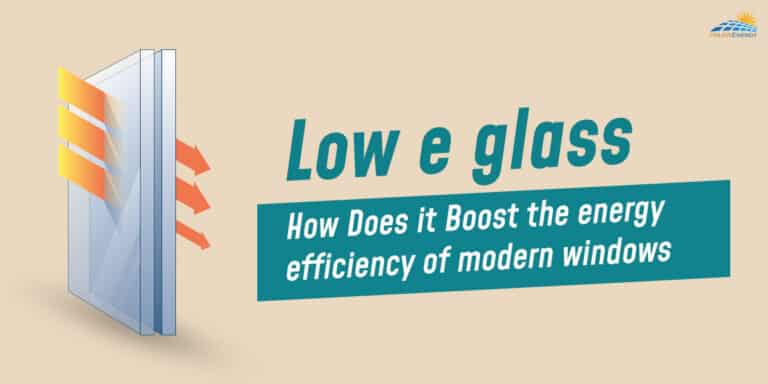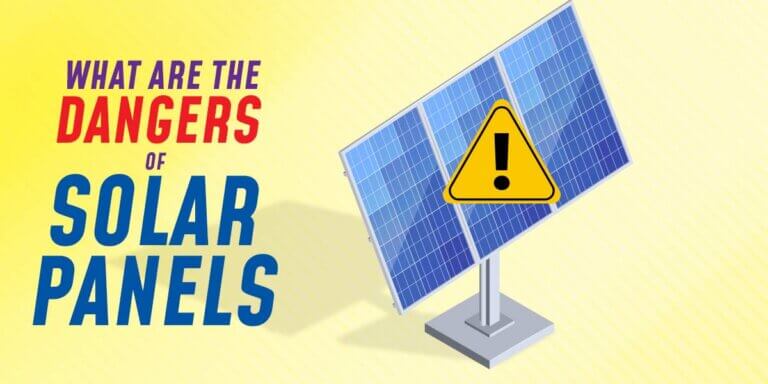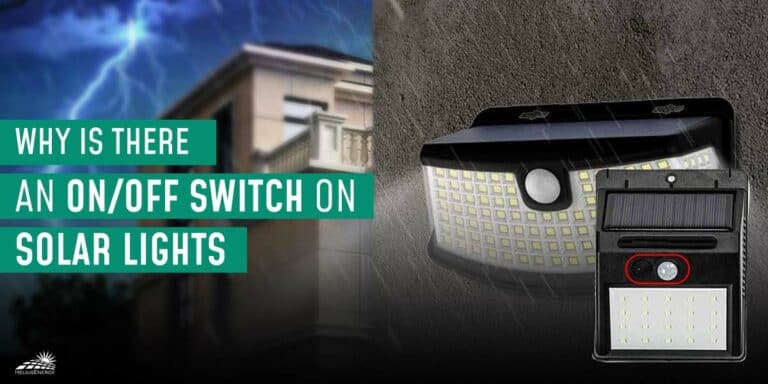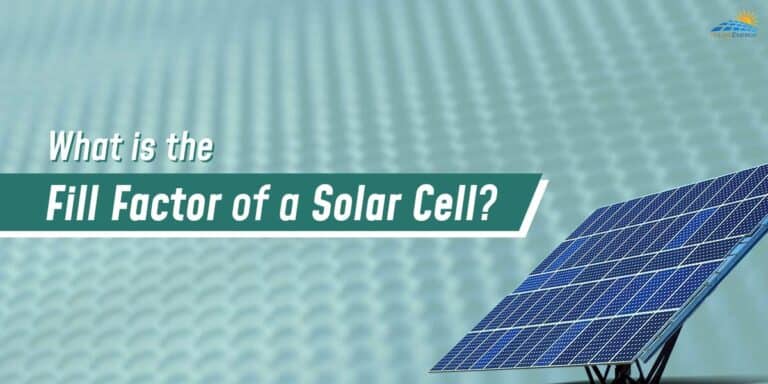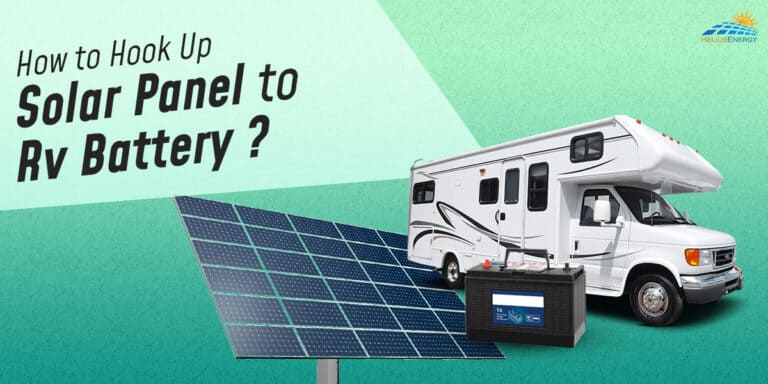How Many Solar Panels Do I Need For 1000 kwh Per Month?
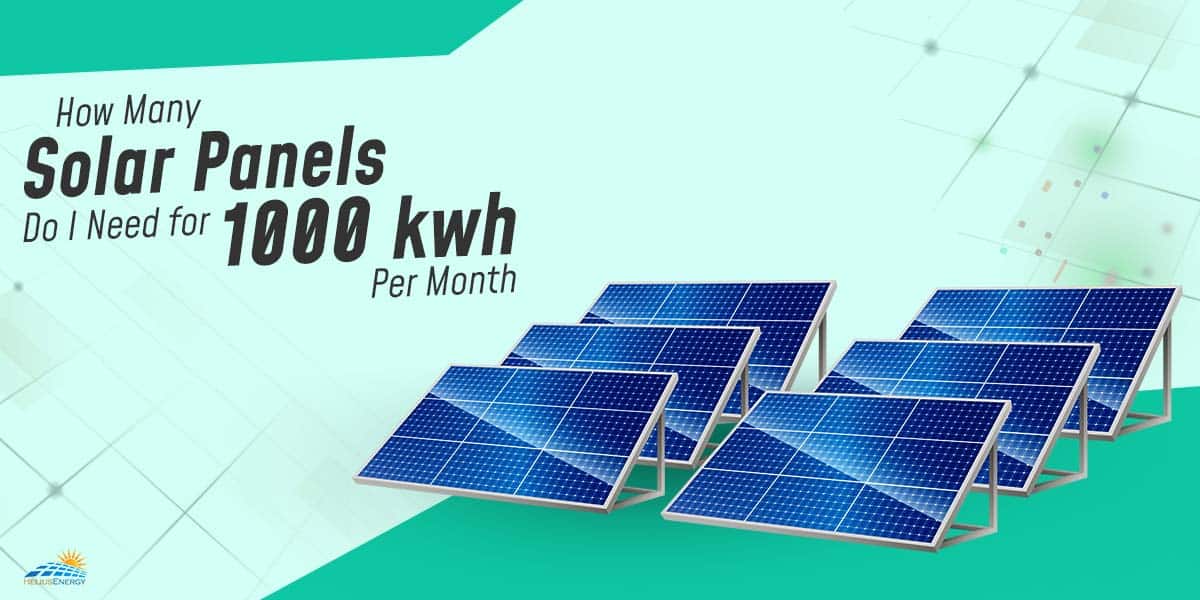
With an increasing focus on sustainable energy and a shift from conventional fossil-based energy to more eco-friendly ways, solar energy has emerged as one of the best ways to do that.
And why not? Solar energy production, while not very efficient, is basically free energy from the sun and solar energy is increasingly becoming cheaper and more efficient. In the coming years, it will become even more efficient and affordable.
Installing solar power in your home can be highly cost-efficient, and you will basically be paying no electricity bills apart from the initial investment. Think about the benefits of installing solar power at home, you will able to run Air Conditioner, Refrigerator, TV sets, etc. Plus, the electicity you could save with little investment.
For a common household, 1000kWh per month of electricity consumption is common, and this article will focus on the solar power grid that you will require to produce 1000kWh of energy.
How Many kWh Does A Solar Panel Produce Per Month?
First, it is vital to recognize that not all solar panels are created equal in terms of quality and efficiency. The efficiency and energy production can vary depending on the manufacturer. Hence, it is necessary to know how effecient is your solar panel.
The efficiency range, or how much of the sun’s energy reaching the solar cell is converted into electricity, now averages 18%; however, this can vary depending on the quality of the solar panel. A premium panel of more expensive materials will cost more but be more efficient.
A solar panel with a 20% efficiency generates about 265 watts of power each hour.
Manufacturers must label panels with the number of kilowatt-hours they can produce under ideal conditions, such as direct sunlight on a cloudless, sunny day. This is referred to as a Standard Test Condition rating (STC), and it will be 265 if the panel outputs 265 watts.
So, how much electricity does a solar panel create each day? Let’s understand this better with an example.
If a solar panel has 20% efficiency and has 265 watts of rated power, considering it has received proper sunlight for an hour, it will produce 265 Wh of electricity. If you multiply this number by the number of hours in a month (30×24), you get the total amount of power it will generate in a month.
In this case, it is close to 190kWh per month of power.
How Many Solar Panels Do I Need For 1,000 kWh Per Month?
The above example shows that a single solar panel with 20% efficiency can produce about 190kWh of power. However, it should be noted that the efficiency of most solar panels is not that high, and it does not account for night times and reduced received sunlight.
The lack of sunlight due to unforeseen circumstances will considerably reduce the monthly power generation, so you need to account for that.
Let’s take a more practical example:
One 250-watt solar panel will produce 1,000 watts, or one kWh, per day if it receives four hours of sunlight. You will receive 4 kWh per day if you have four panels.
You will receive 1,000 kWh monthly if you have 33 panels and a 30-day month. Please understand that these are ideal figures, and you will need around 40 panels to generate 1000kWh of energy each month reliably.
Factors Affecting 1000 Watt Solar Panel Size
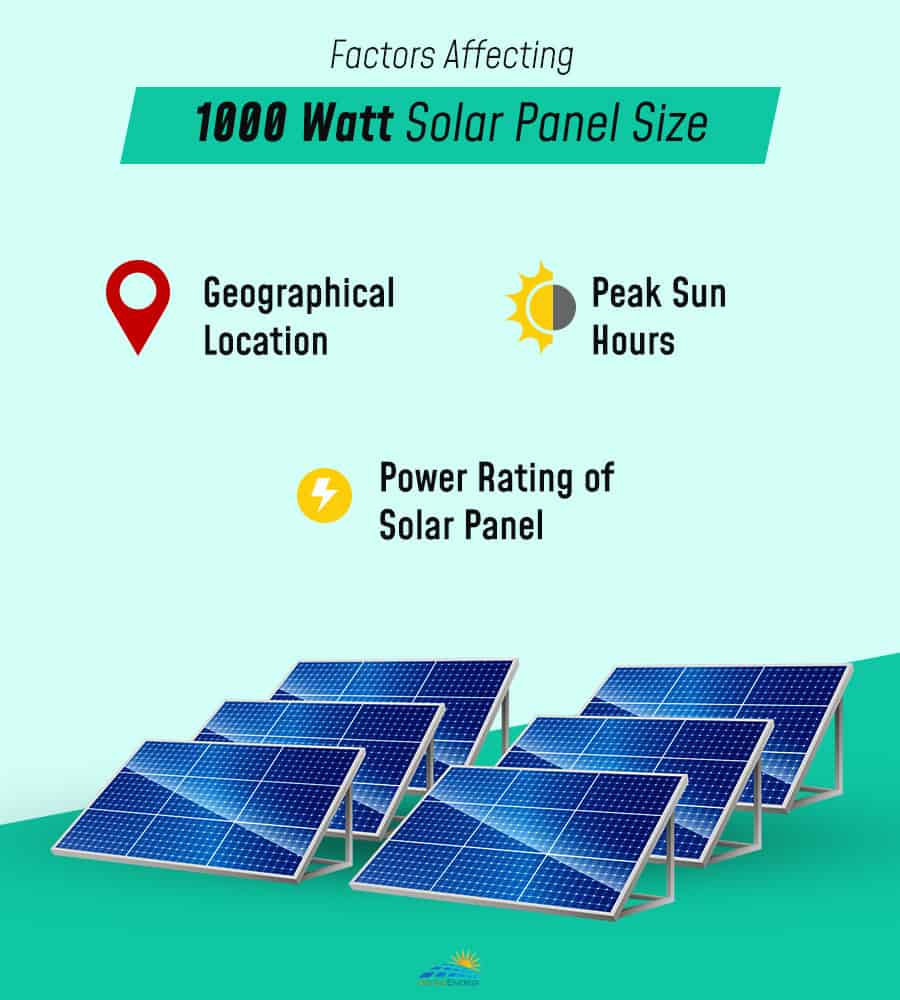
1. Geographical Location
Location plays the most crucial part in affecting the power generated by your solar panels. If your location receives ample sunlight, you can expect more consistent power generation compared to a place where it is obscured by cloudy weather or weak sun.
As you go near the poles (further north and south), the amount of sunlight you receive will be considerably less than in the geographical locations located in tropical or equator zones like Africa, Australia, and South Asia.
You can easily find data about the sunlight received in your state, city, or location from the internet made by the respective metrological department.
In short, if your place has a good amount of sunlight and has balanced hours for day and night, you are good to go with solar power. Below table shows the data about sunniest states according to the world population review data.
| Sunniest States | Average Annual Sunlight Recieved |
|---|---|
| Arizona | 5,755 kJ/m^2 |
| New Mexico | 5,642 kJ/m^2 |
| Nevada | 5,296 kJ/m^2 |
| Texas | 5,137 kJ/m^2 |
| California | 5,050 kJ/m^2 |
| Colorado | 4,960 kJ/m^2 |
2. Peak Sun Hours
Not every place receives sun equally, and there are different weather conditions. The average number of hours you receive proper sunlight in a day is important. This is crucial to consider because energy production can go down a lot in rainy or cloudy conditions.
During winter and monsoon, the peak sun hours can be as low as 1 hour, affecting the total energy your solar panels will produce in a month. Since 1000kWH is a huge amount for the month with a higher requirement for peak sun hours, chances are with continuous non-sunny weather, and the total solar energy production will go down significantly.
Having said that, if the peak sun hours are low for a couple of days in a month, the subsequent effect on the total energy production won’t be that much. Also, during summers, the power production will be much higher when the peak sun hours are much higher, in the range of 6 to 8 hours.
| States | Peak Sun Hour |
|---|---|
| Arizona | 7 – 8 |
| New Mexico | 6 – 7 |
| Nevada | 6 – 7.5 |
| Texas | 4.5 – 6 |
| California | 5 – 7.5 |
| Colorado | 5 – 6.5 |
3. Power Rating Of Solar Panel
Suppose you go back to the formula of total power generated by solar panels. In that case, you will see that the power rating of a solar panel is an important consideration in determining the total amount of power generated over some time.
From the example taken, we needed 33 solar panels with 250 watts power rating to generate 1000kWh monthly. If you replace it with better solar panels that have a power rating of, let’s say, 300 watts, the number of solar panels required to produce the same energy will go down, or with the same amount of solar panels, you will produce a lot more energy.
This part of the calculation depends entirely on the type of solar panels you intend to purchase for your home solar installation, which may be solar panel of 100W, 400W, or 500W.
The majority of household solar systems employ 400-watt solar panels. This is because you receive more power output per square foot. So, to continue our example of calculating the number of solar panels required for 1000kWh, divide 6203 by the solar panel power output (400W in this case).
How Much Does a 1000kWh Solar System Cost?
Since 250 watts power rating solar panels are quite common, let’s consider solar panels with the same power rating. In the USA, the cost of a 250 watts solar panel can range between $80 to $120, depending on the quality of the panels.
Realistically, you need around 40 panels of the same power rating to produce a 1000kWh solar system. If you multiply the price of one solar panel by the number of panels you will use, you will get the total cost of the solar system.
In this case, the total cost for a 1000kWh solar system will cost you $2640 to $3960. This is an ideal cost, and you can have reduced costs with some different calculations.
Suppose you get a solar panel with greater efficiency or power rating at a similar cost. In that case, you will reduce the total cost substantially since you will reduce the number of solar panels you buy. By calculating for such scenarios, you can adjust the total cost to suit your requirements or budget.
| States | Solar Installation Cost |
| Arizona | $3.61/W |
| New Mexico | $3.22/W |
| Nevada | $2.61/W |
| Texas | $2.74/W |
| California | $2.44/W |
| Colorado | $2.83/W |
Conclusion
Solar power is extremely convenient, relatively easy to install, and requires very less maintenance. After installing the solar panels, you will receive no electricity bills, reducing your energy cost greatly!
There is only the initial investment you will require, apart from which you don’t have to pay monthly electricity bills for the rest of your lives. Isn’t that awesome?
If you are looking to install solar panels for your house, I hope this article has told you everything you need regarding the number of solar panels you need and the cost associated with them.

